Dragon Age Origins was released on November 5, 2009. Described as a spiritual successor to Baldur’s Gate and Baldur’s Gate 2: Shadows of Amn, it was BioWare’s first venture into the world of its own, original fantasy IP. The Dragon Age series has changed significantly in the fifteen years since Dragon Age Origins‘ release in 2009, with each installment showing significant changes in the art style and combat system of the game in particular.
Each Dragon Age game features a different protagonist, a significant contrast to Mass Effect. This change in protagonist for each game gives Dragon Age a revolving door of experiences with Thedas’ class systems, cultures, and historical events, but also gives the series space to radically change from one game to the next in terms of mechanics and art style, all while giving a new perspective on Dragon Age‘s established lore. What one character achieved in one game is viewed as history by the protagonist of the sequel, giving Dragon Age a breadth that stands out among BioWare’s RPGs.
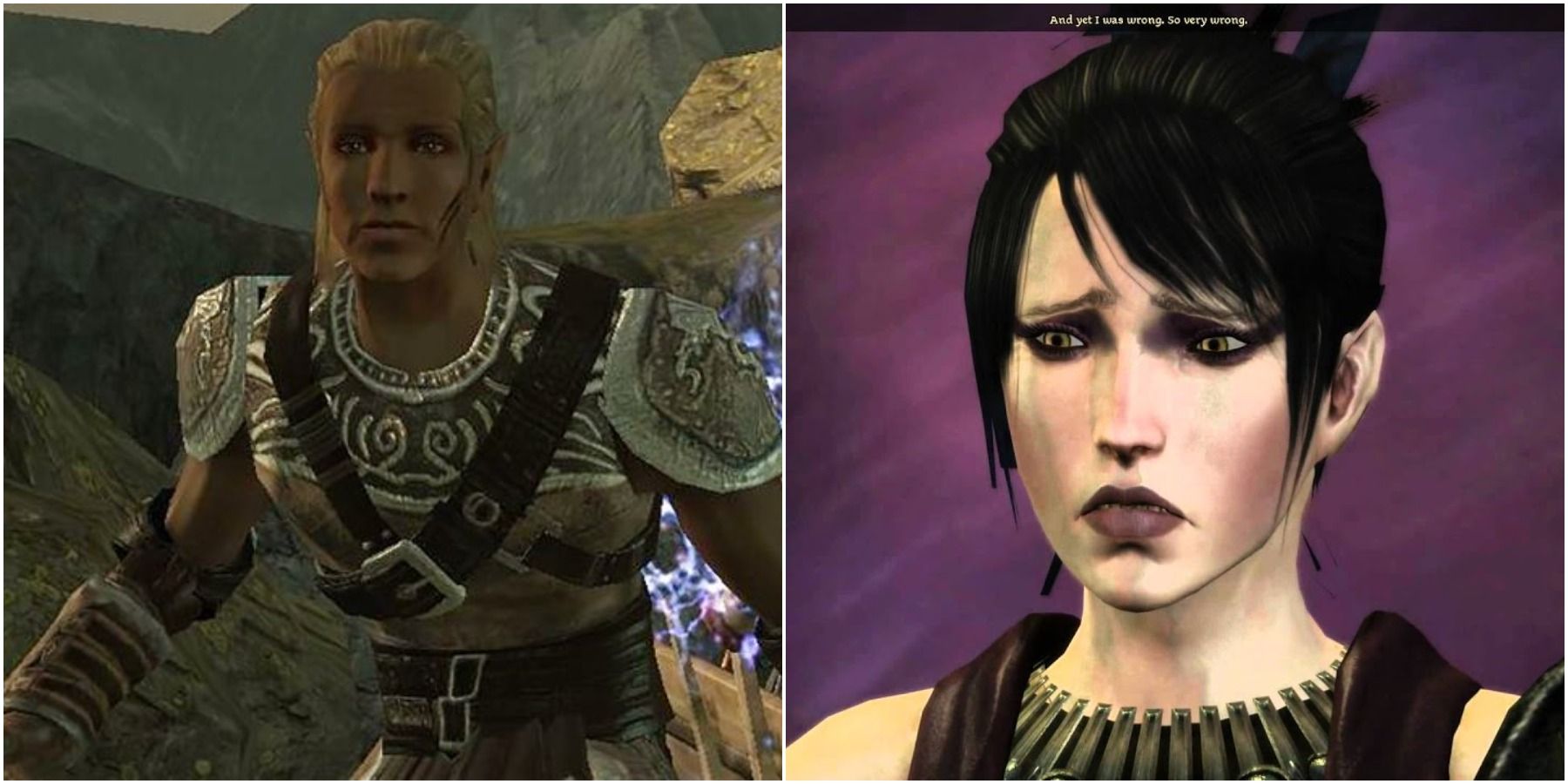
Related
Dragon Age Origins: The Worst Fates Companions Can Face
Dragon Age: Origins could be merciless to companions depending on the Wardens’ actions and choices throughout the RPG.
Dragon Age is BioWare’s Series Most Defined By Change
What is arguably one of Dragon Age‘s greatest strengths is, ironically, what draws much of the criticism towards it. With each subsequent release of a new Dragon Age game, comparisons are inevitably drawn to its immediate predecessor and, typically, Dragon Age Origins, which is viewed by some as the baseline that the series should continue to strive towards. Much like Thedas, though, Dragon Age needs to look ahead in order to improve.
While Dragon Age Origins has many qualities that are admirable, such as the playable origin stories, schools of magic, and variety of outcomes and roleplaying potential, the chances that the Dragon Age franchise will ever return certain characteristics of Dragon Age Origins is incredibly low. BioWare’s choices from Dragon Age sequel to sequel has taken the series away from the fundamentals of Dragon Age Origins, such as the move away from a silent protagonist to one that is voiced. Similarly, the combat has changed from a slow and methodical top-down tactics system to something faster.
Dragon Age Origins is a Product of Brilliance in its Time
These decisions, in isolation, don’t move the series too far from its origins, but as a whole it allows for the evolution and growth of the franchise. Some players yearn for a return to Dragon Age Origins, but Dragon Age: The Veilguard is the product of improving upon its predecessor, rather than Dragon Age Origins. With arguably the best combat system in a BioWare game, and the streamlining and refinement of many of Dragon Age‘s systems, Dragon Age has appeared to have finally nailed down what works for the franchise with Dragon Age: The Veilguard.
Any future Dragon Age games will likely include changes in the art style that signal a dramatic departure from Dragon Age: The Veilguard. It’s just what the series does, and expecting otherwise will only lead to disappointment. For those who want Dragon Age to remain the same and never move beyond its status quo, there is Dragon Age Origins. As unyielding as the Warden, Dragon Age Origins has all the features that many players love about Dragon Age: the intricate lore, the compelling characters, the storytelling that is breathtaking in its finest moments. While its sequels shape and refine its rough edges, Origins remains as a testament to where these ideas began.

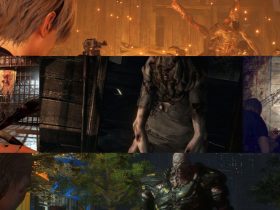
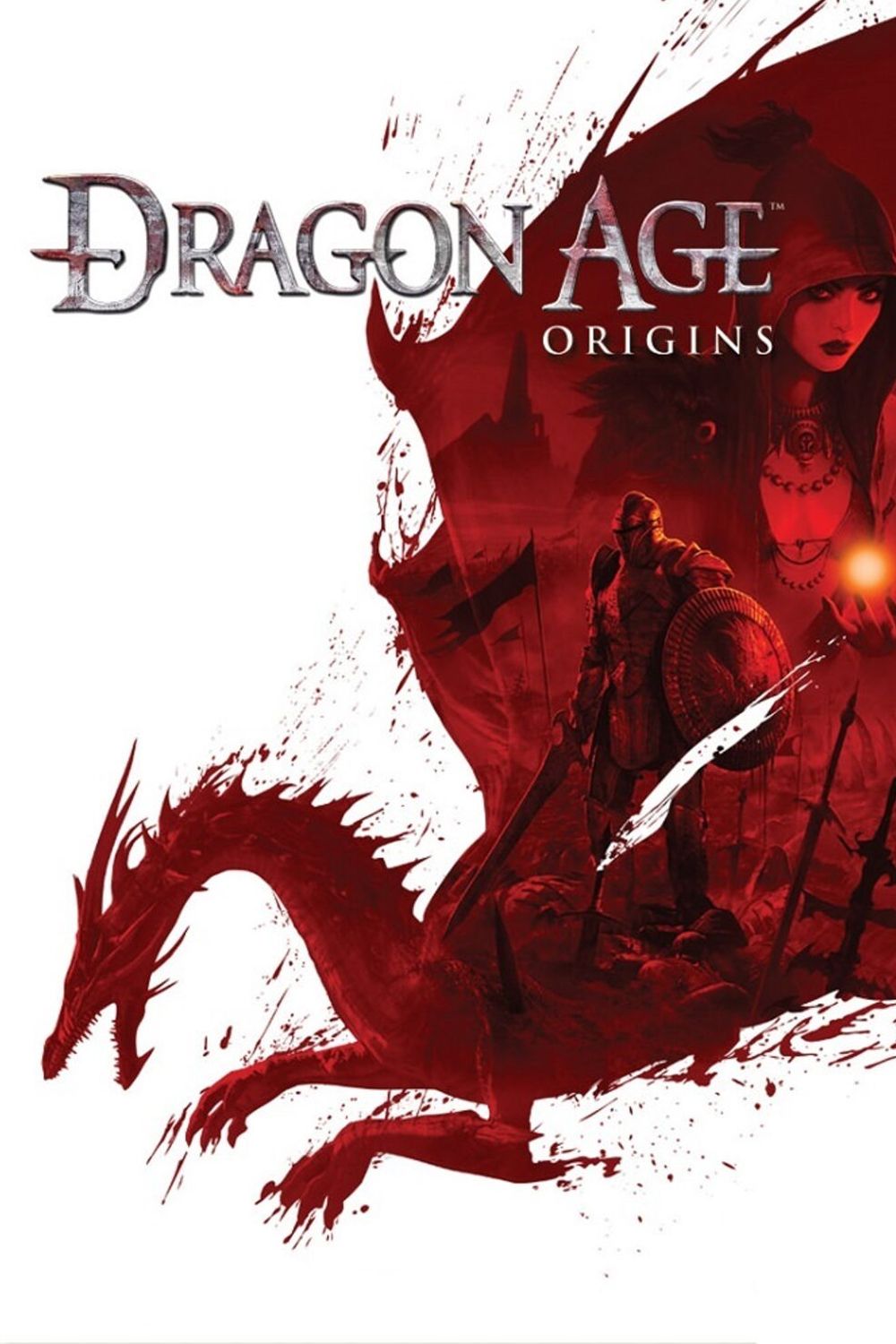


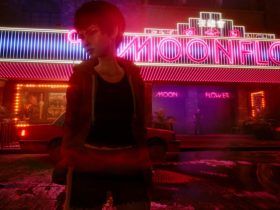




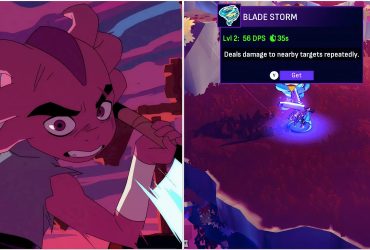


Leave a Reply